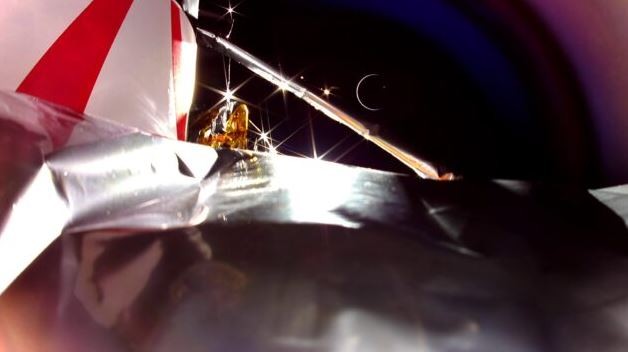Astrobotic's Peregrine lunar lander met its fiery end after it burned on the Earth's atmosphere on Thursday (Jan. 18).
The anomaly-plagued mission attempted to land a US commercial lander on the Moon over 50 years after the Apollo missions of the 1960s and 1970s. However, after the Peregrine launched on top of United Launch Alliance's Vulcan rocket as its very first payload, the spacecraft suffered irreversible damage to its propulsion and attitude control systems, indicating a failure of its primary mission of landing on the Moon and placing human remains and DNA in its surface.
Read Also: United Launch Alliance's Vulcan Lifts Off for Maiden Flight
NASA Says Peregrine's Failure Caused by Propellant Leak
According to NASA, the Peregrine suffered a propellant leak shortly after launch, forcing Astrobotic's engineers to put the crippled lander on a highly elliptical orbit in an attempt to do a lunar flyby before undergoing a free trajectory on a collision course with Earth.
Astrobotic wrote in an update on Wednesday evening (Jan. 17) that it has positioned the spacecraft for a "safe, controlled re-entry to Earth over a remote area of the South Pacific."

In a final follow-up press release dated Thursday, the firm released what could be the last image taken by the Peregrine before re-entry, explaining that they dedicated the image to its employees involved in the mission, as well as to its mission customers and partners.
Astrobotic will hold a press conference on Friday afternoon (Jan. 19).
Meanwhile, the pressure is on Intuitive Machines to succeed where Astrobotic failed, as GeekWire reported that NASA is its second contractor for its Commercial Lunar Payload Services program. The company is set to send its Nova-C lander to the Moon aboard SpaceX's Falcon 9 rocket as early as February.
Related Article: Astrobotic Attempts Lunar Flyby After Peregrine Probe Suffers Propulsion Failure









